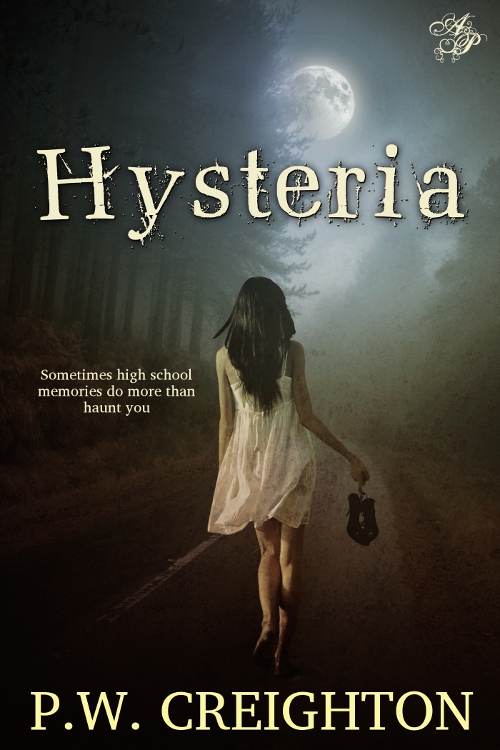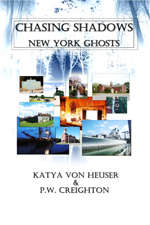Sunday
Mar042012
Ghost Hunting Evidence Reporting
 Sunday, March 4, 2012 at 8:01PM
Sunday, March 4, 2012 at 8:01PM When it comes to investigating the paranormal, historical research, technology and even conducting the investigation are only a small portion of the actual work. The most significant portion of work in paranormal investigating is the actual evaluation of the evidence and presenting it to the client.
Evidence analysis typically takes hours or even days depending on the amount of video footage, audio and photos that were taken during the course of the paranormal investigation. A simple example of this would be a basic investigation that utilizes 6 static cameras, 4 hand-held cameras, 4 voice recorders and 2 still cameras. If the investigation takes 8 hours, then that can equal 80 hours of video, 32 hours of audio and several hundred photos just for a one night investigation. The analysis of this data can take three people up to 12 hours to review or more.
The burdensome task of conveying these results to the client can be accomplished in a simple presentation but if you’re attempting to convey the validity of your work, a couple of digital files and what the client remembers of what you told them does not help.
Typically a client expects copies of any evidence that you obtain and some explanation for the results of your investigation. The extensive results need to be explained in some fashion that can be interpreted by other investigators that follow in your footsteps because at its heart, science is about replicating tests to duplicate results. If another investigator cannot duplicate your tests then your results are inherently flawed.
This is why many professional teams present their evidence in the form of a written report that can be easily interpreted by the client or other investigators. The elements of these reports vary widely but include three primary areas; the team experiences, media evidence and survey.
 When the Shadow Chasers were first created it was a matter of anthropological research combined with environmental survey methods, so it was only natural to present data to the client in the form of an environmental survey report with an anthropological summary of the investigation.
When the Shadow Chasers were first created it was a matter of anthropological research combined with environmental survey methods, so it was only natural to present data to the client in the form of an environmental survey report with an anthropological summary of the investigation.This approach was fine for a number of years, it provided perfectly accurate information that any investigator could follow after our investigation. It was also presented in a professional scientific manner that demonstrated our level of professionalism in the field. Unfortunately, most clients were only interested in a summary and the evidence. Worse still, few clients could interpret the scientific jargon and presentation. It also took us a number of days to compile the data into the report and some reports were in excess of 9 pages.
It was apparent that our reporting process was flawed and needed to be changed to something that the client was interested in and could understand. It needed to be simplified.
 After some discussion and retooling, the reports that we presented to the client needed to have 3 primary aspects; a summary of the results, a discussion of the site and investigation methods and a summary of the evidence found in each of the categories: Experiences, Photo, Video and Audio. We allowed the summary of methods and protocol to be shortened into a simple summary that could point back to other documents rather than be forced into the report and used abbreviated summaries for each of the smaller sections. The reports were compressed to exactly what the client was looking for and nothing more but still had all of the scientific data referenced so that it could be validated.
After some discussion and retooling, the reports that we presented to the client needed to have 3 primary aspects; a summary of the results, a discussion of the site and investigation methods and a summary of the evidence found in each of the categories: Experiences, Photo, Video and Audio. We allowed the summary of methods and protocol to be shortened into a simple summary that could point back to other documents rather than be forced into the report and used abbreviated summaries for each of the smaller sections. The reports were compressed to exactly what the client was looking for and nothing more but still had all of the scientific data referenced so that it could be validated.Reporting and evidence presentation are a fundamental requirement for paranormal research in order to establish credibility and validity. It’s not only about how you conduct the investigation it’s about what the client needs and what they will have as an example of your work.









